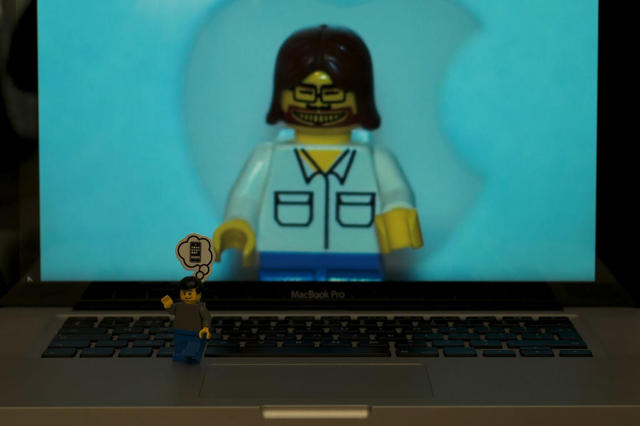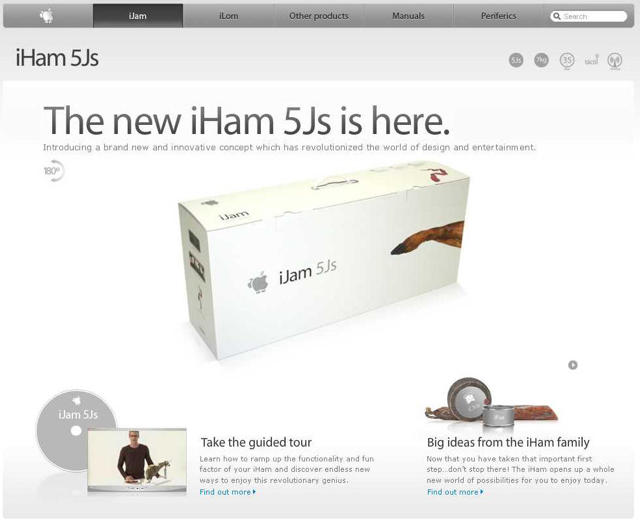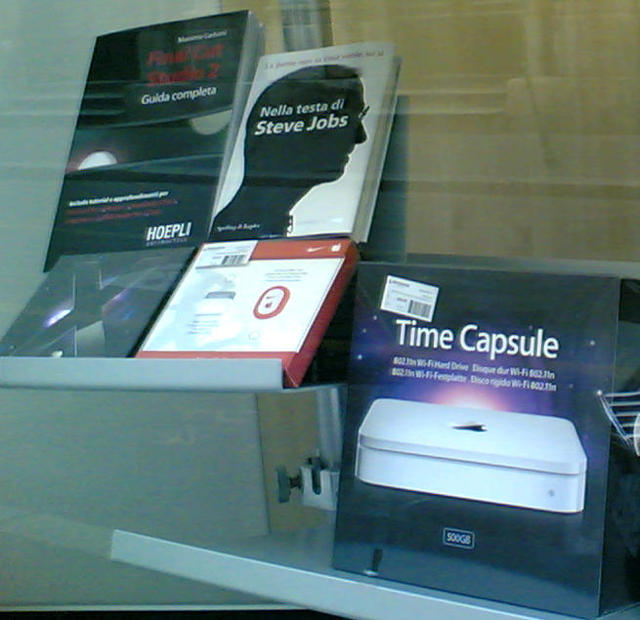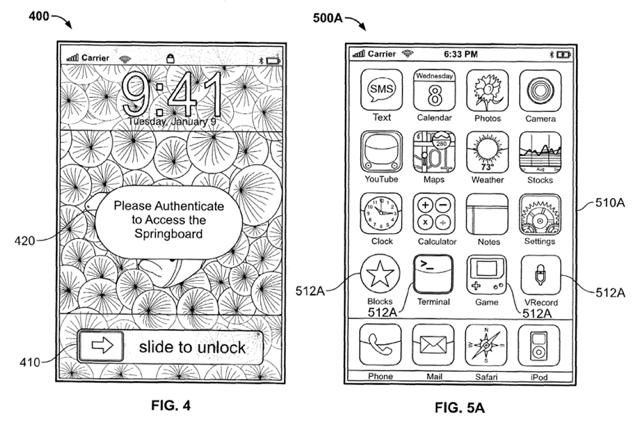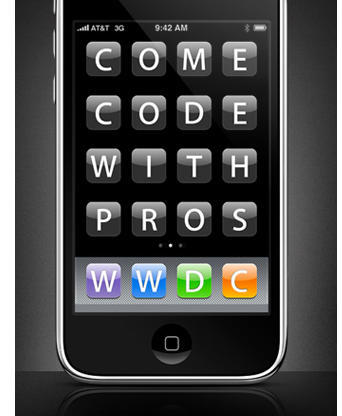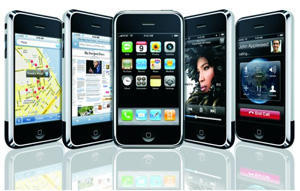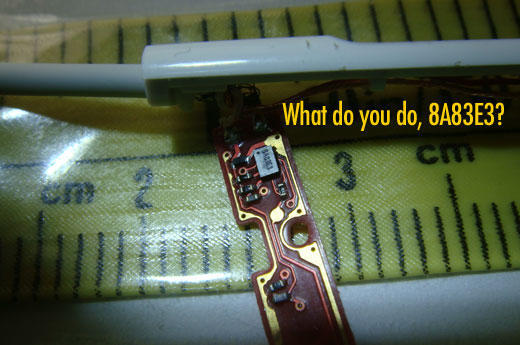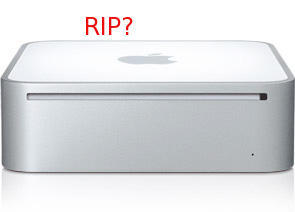Watching Microsoft try to strike back at Apple with the Laptop Hunters series of commercials is almost hilariously tragic. Inevitably, the “ordinary people” (actors) who star in the spots go in “open-minded”, which means they’re looking for a very cheap laptop with a huge screen, which is a category Apple obviously doesn’t offer. The latest entry, with “Lisa” and “Jackson,” finds the hunters dismissing Macs as “cute” while making ultimate gasface, before getting really excited about a Sony VAIO with a 16.4″ screen and a Blu-Ray drive. Excuse me, “Blu-RAYYYY!” Because, as we all know, there is nothing more important than being able to watch a movie at 1080p on a plane. That’s just a fact.
Honestly, it’s a relatively smart ad campaign, but you can practically envision the ad agency pitch meeting, in which the research department notes that Apple’s cheapest 17″ laptop is almost $3,000, while Dell, HP and the rest make really cheap 17″ laptops — critical vulnerability. Here’s the thing. Very, very few people like 17″ laptops. They’re huge, heavy, and really hard to fit onto a cafe table at a coffee shop. Far more people are happier with something small, light, and thin — which is why Netbooks are all the rage right now. Not to give Microsoft free advice or anything — or to do Crispin, Porter and Bogusky’s job for them — but this would be a way more effective ad campaign if they had their shoppers walk out with four Eee PC 904HAs and had some change left over. All this ad campaign is showing is that if you want to get a big, heavy laptop with lots of stickers from Intel and Nvidia plastered on the wrist rest, you want a PC.
Meanwhile, Netbooks are actually a market phenomenon, and they offer something that Apple hasn’t delivered yet. But why play up innovation when you can play up cheapness? I suppose that’s the core difference between Apple and MS, after all these years. Apple always makes a big deal out of quality and design. Microsoft tries to hook you with a killer low price.
(Also, in writing about Microsoft’s “comeback campaign,” BusinessWeek noted that this ad shows the family choosing a PC because it has Blu-Ray, “on which many games are printed.” Um… for PS3, maybe. Has anyone ever released a PC game on Blu-Ray as an option, let alone as an exclusive?)


